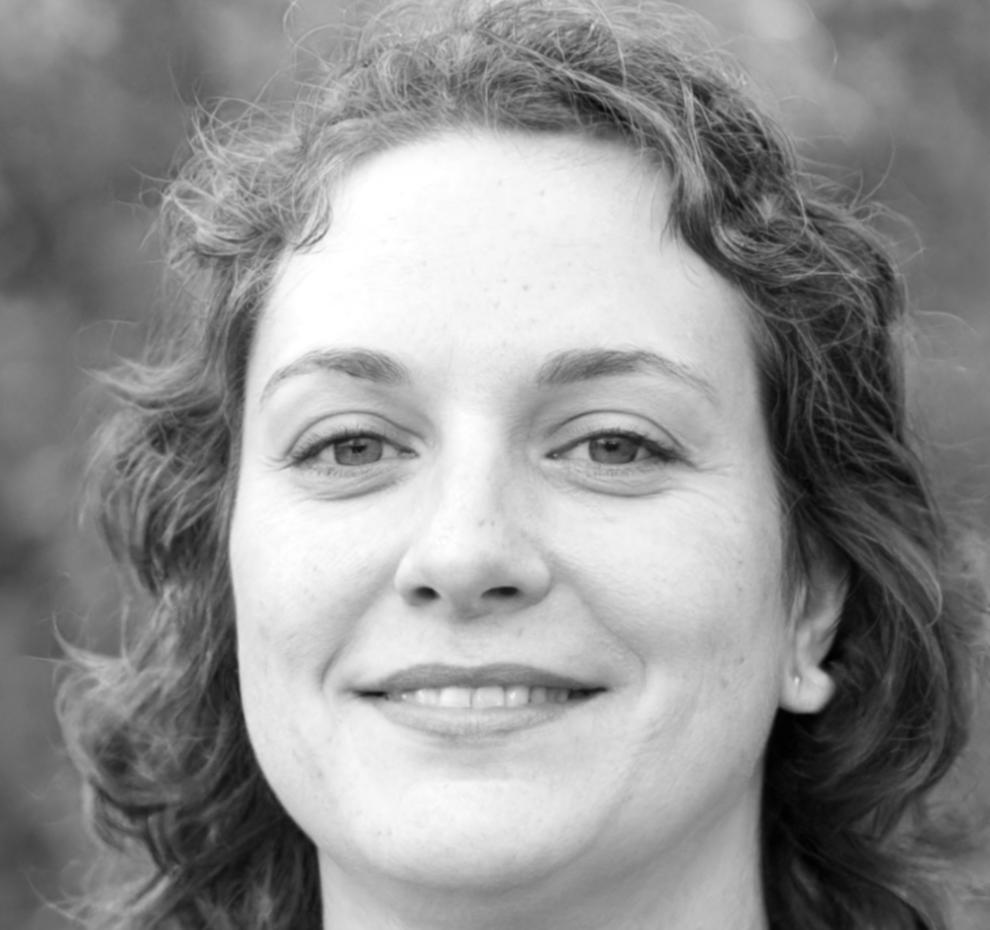Financial Literacy Programs Built Around Real Australian Challenges
Most people know they should understand their finances better. The tough part is actually doing it when everyday life keeps getting in the way. Our programs started because clients kept asking us the same questions after consultations ended. They wanted practical knowledge they could apply themselves, not just one-off advice sessions.
How Our Programs Actually Work
We've learned a lot about what works since launching our first course in late 2023. Turns out people need structure but also flexibility. Theory matters less than application.
Foundation Week
You'll start with assessment work that shows where your financial knowledge sits right now. Not a test—more like a conversation about what you already do well and where gaps exist. We've found this saves everyone time because you skip what you know.
Core Learning Blocks
Four to six weeks of material that builds progressively. Each session gives you something you can try that week with your own finances. We use case studies from real Australian households, with identifying details changed. Some participants find this part challenging—that's normal.
Application Phase
The final weeks focus on taking what you've learned and creating your own financial stability plan. You'll work through your specific situation with support available when you need it. This is where things start feeling less abstract and more like actual progress.

The People Teaching These Programs
Our educators come from financial analysis backgrounds but chose teaching because they wanted to make information more accessible. They're not performers—they're practitioners who happen to be good at explaining complex topics in straightforward ways.

Spent twelve years in corporate finance before switching to education in 2022. Known for making debt management strategies actually understandable without oversimplifying.

Former portfolio analyst who got tired of seeing people make preventable mistakes. Joined us in 2023 to teach practical investment literacy without the industry jargon.

Built her career in financial risk assessment before moving into education. Focuses on helping people understand what could go wrong with their finances before it does.

What Makes Our Approach Different
We started these programs because standard financial education wasn't working for the people we met. Too theoretical, too generic, or too sales-focused. So we built something that addresses what we actually saw people struggling with.
Australian Context Throughout
Everything references Australian tax structures, superannuation rules, and local banking systems. We don't adapt international content—we write specifically for how things work here.
Small Group Sizes
Maximum twelve participants per session because we've learned that financial topics need space for questions. Larger groups make people uncomfortable sharing real situations.
Ongoing Resource Access
You keep access to course materials and updated content after finishing. Financial situations change and you might need to review concepts months later when they become relevant.
Next Program Starts September 2025
We run programs quarterly with enrolment opening three months ahead. If you're interested in the September intake, reach out now so we can send details when registration opens in June. Or just ask questions—we're happy to talk through whether this might be useful for your situation.
Get Program Information